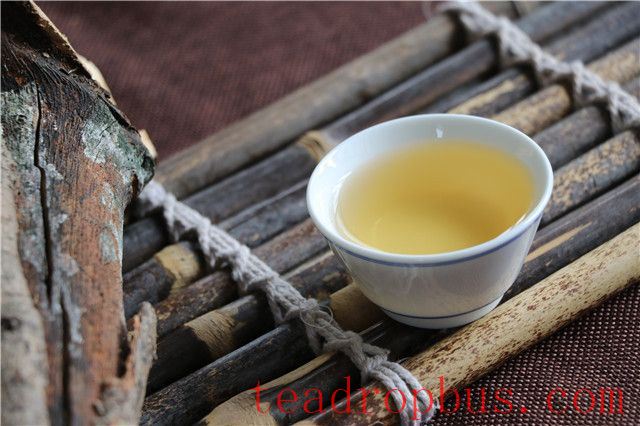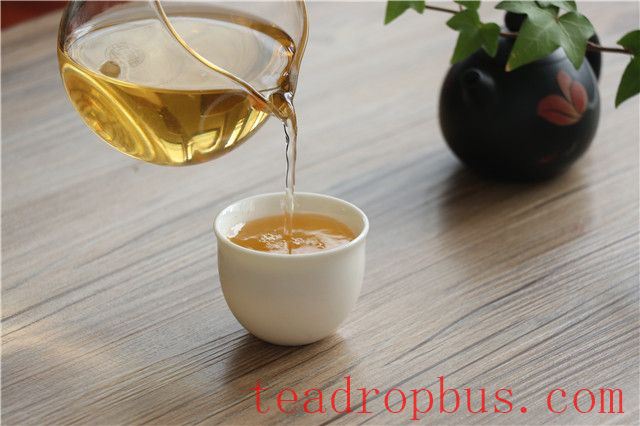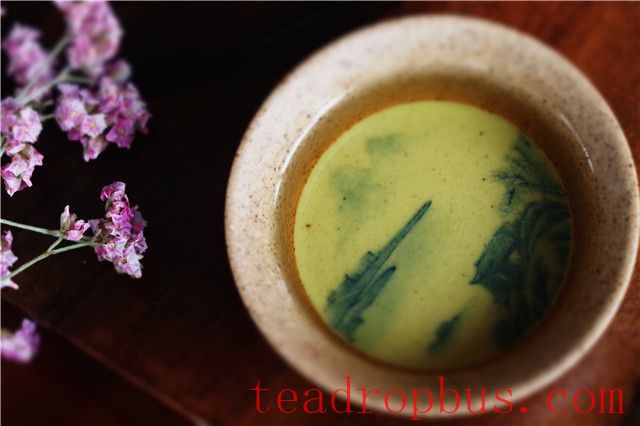The quality of Tea is primarily evaluated through three methods: smelling its aroma, tasting its flavor, and experiencing its aftertaste. First, smell its aroma to determine if it is pure and consistent with the inherent characteristics of the tea, such as the fresh or bean-like scent in green teas. Next, taste its flavor to assess its body, thickness, and freshness. Finally, experience the aftertaste to gauge the degree of salivation and the persistence of the aftertaste.

How to Assess the Quality of Tea's Taste
1. Intensity of Salivation
Rich in substances, tea contains polyphenols that cause a tightening and astringency on the inner walls of the mouth, stimulating saliva secretion and creating what we commonly call a salivating sensation.
However, being able to feel salivation is only a basic quality of tea. More importantly, one should consider the speed and intensity of salivation. Tea enthusiasts can judge this by observing salivation in the cheeks, between the teeth and gums, and on the surface and underside of the tongue.
2. Persistence of Aftertaste
Good tea leaves a sweet and refreshing sensation in the entire mouth from the start of the aftertaste until the bitterness and astringency completely dissipate, without any strong lingering sensation on the tongue or palate.

Tea enthusiasts should distinguish between aftertaste and after-Sweetness. After-sweetness is a direct sensation on the tongue caused by glycosides in the tea.
3. Speed of Bitterness and Astringency Dissipation
Bitterness and astringency are inherent in tea, present in all varieties. Due to differences in tea plant species, age, and other factors, the degree of bitterness and astringency may vary. A key factor in evaluating the quality of tea is the speed at which these sensations dissipate.
Some teas may have noticeable bitterness and astringency in the Brew, but if they dissipate quickly, they can still be considered good teas.
4. Fusion of Aroma
In good tea, the aroma is concentrated and cohesive, not light and easily dispersed.

5. Depth and Persistence of Throat Resonance
Teas with deep throat resonance create a strong sense of depth and continuity from the mouth to the throat, and this feeling lingers for a considerable time in the throat.
When tasting tea, start by smelling its aroma. The more transparent the tea fragrance, the richer and more pleasant its taste will be. The most critical aspect when tasting tea is to savor its flavor by sucking in some tea and fully engaging your tongue, allowing your taste buds to experience its richness. After drinking the tea, appreciate the aftertaste, which should leave a subtle bitter and fragrant sensation.